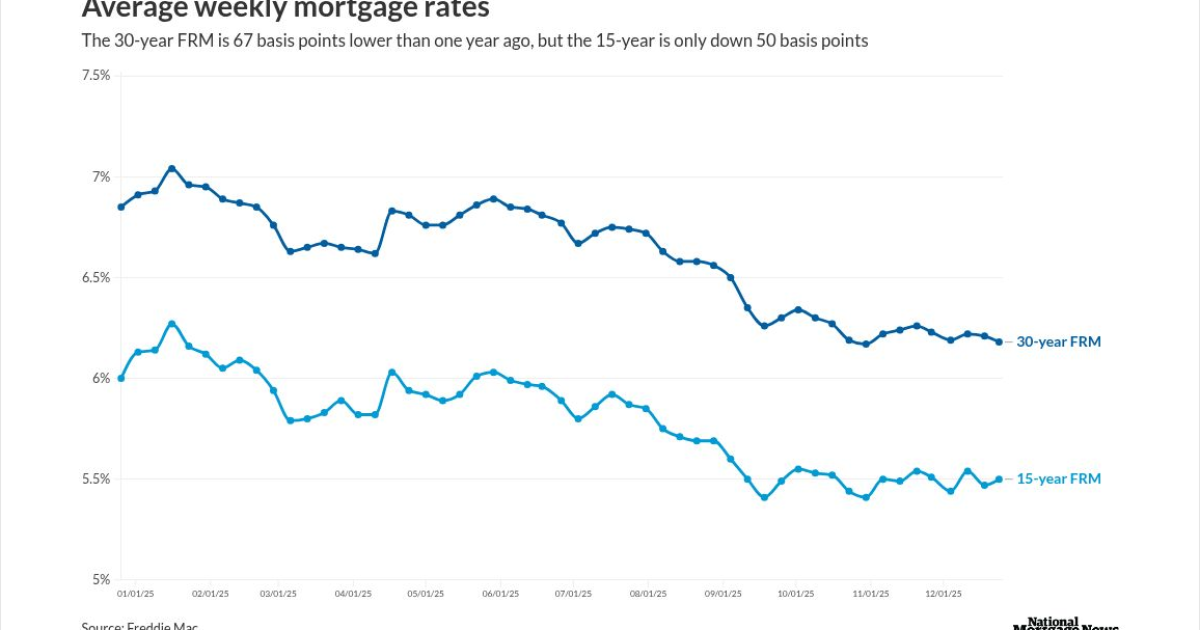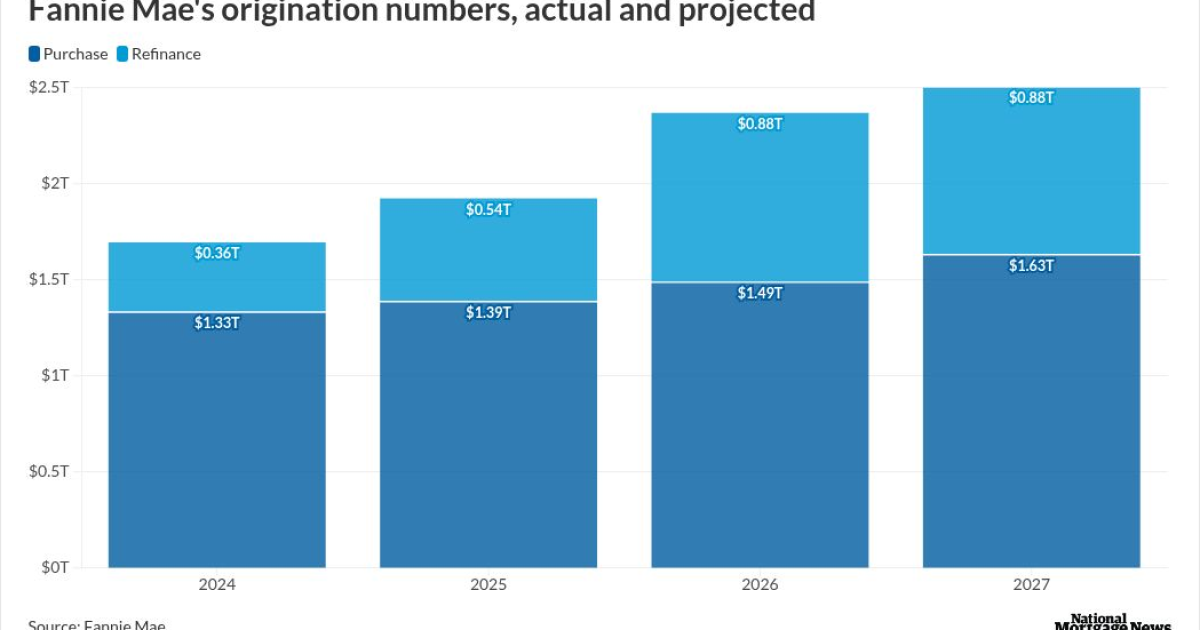
Risk grew 2.7% between the most recent third and fourth quarters, according to Corelogic's latest research. The software and data provider's mortgage application risk index score came in at 127 in the fourth quarter, compared to 123 three months earlier. On an annual basis, though, risk slid by 1% from 128.
While the threat increased, the rate of growth narrowed from 4.3% three months earlier, when it also posted flat movement on an annual basis.
The slowing pace of threats occurred despite the larger proportion of purchases versus refinances. Purchase loans are traditionally higher risk compared to refinances, according to Bridget Berg, principal, industry solutions at Corelogic.
In the past several quarters, purchases have garnered a share of over 70%, according to the company's data, while the Mortgage Bankers Association regularly finds them
Corelogic's research found incidents of income falsification, pointing to a step in underwriters may want to focus on.
"The current trend centers around borrower income being inflated by a new, high-wage job after previously being self-employed," Berg wrote in a research post .
The development adds some credence to findings earlier this year from Mphasis Digital Risk, which determined that only a minority of consumers would unequivocally refuse to put misleading information on a lending application. While some said they might consult a lawyer first,
Despite the potential willingness of consumers to be dishonest, Mphasis also said it did not observe higher incidences of fraud at the time.
Similarly, Aces Quality Management said income and employment-related errors remain the
Of the 100 largest metropolitan areas tracked by Corelogic, application fraud risk levels exceeded the national average by at least twofold in two cities. Miami came in with a score of 310, while Bridgeport, Connecticut posted a reading of 254. Poughkeepsie, New York, followed at 231.
New Orleans and the region comprising New York City and Newark, New Jersey, rounded out the top five with readings of 222 and 217, respectively. The top 15 cities most at risk of fraud remained the same between third and fourth quarters.



